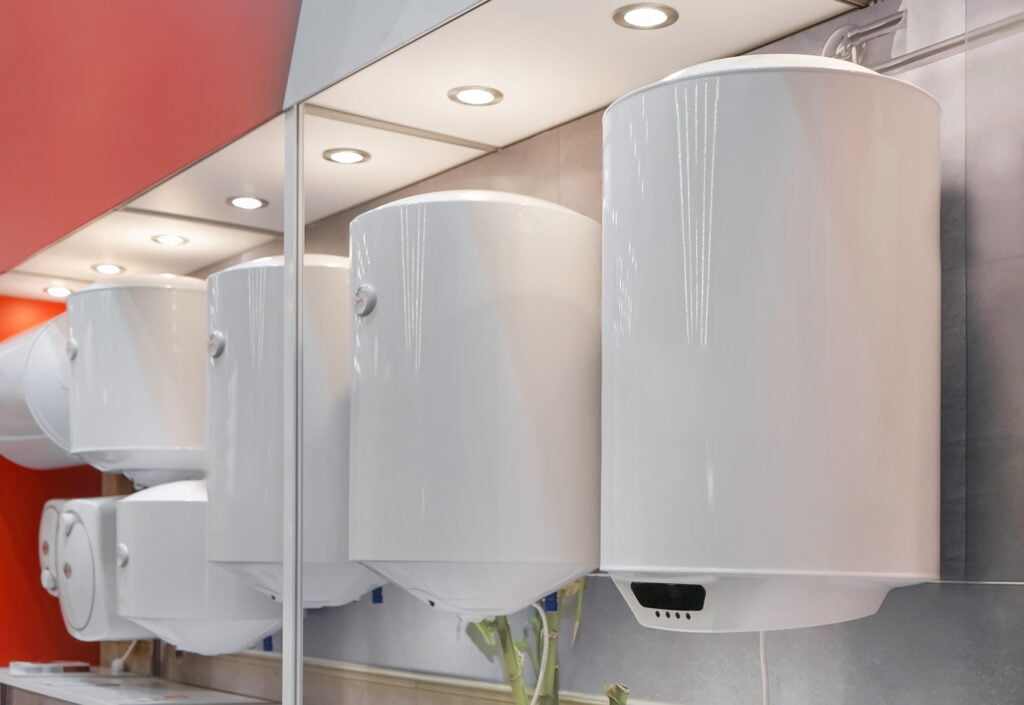Why Enameling and when?

Vitreous enameling is one of the best and longer lasting protections against corrosion. It is widely used for the coating of cooking pots, electric water heaters and a range of different products. With enamel being fragile and shock-sensitive, the entire enameling process must be performed correctly and in a controlled manner. Perfect and uniform surface treatment prior to enameling plays a crucial role.
Porcelain enamel is a borosilicate glass layer, which has been fused on steel, stainless steel, aluminium, copper pots, boilers, heaters, and a variety of other surfaces. Enameling has been adopted by many different industries worldwide and is used for a wide range of products, such as architectural panels, bathtubs, barbeques, boilers, chemical vessels, cookers, heat-exchange panels and tubes, hollowware, microwave ovens, street signs, water heaters, washing machines, etc.
The Enamel coating application on basic metal material can be performed in various ways after blasting, such as dry electrostatic powder enameling, wet enamel spraying, or dipping or pouring parts in the liquid enamel. After coating, the applied enamel layer gradually dries and vitrifies (turns into glass) at high temperatures (over 850°C).

Advantages
- Good adhesion to most metals
- Color stability
- Easy to clean
- High scratch and wear resistance
- Electrically isolating
- No fouling with microorganisms
- Resistant to high temperatures (450°C)
- Resistant to low temperatures (-60°C)
- Good resistance to most chemical substances
We provide new, innovative solutions for:
- Enameling pre-treatment
- Teflon® (PTFE) coating pre-treatment
- Automatic powder enameling booths
Did you know that only enameled boilers satisfy all hygienic and medical standards?
Let’s take a look into the procedure of internal boiler enameling:
- The welded boilers are at first degreased and dried
- The surface is then cleaned & roughened with sandblasting
- After sandblasting, the surface is coated with enamel, which can be applied as a liquid (wet enameling) or a powder (dry enameling)
- Boilers are moved to next line, where they are pre-warmed, heated to the temperature necessary to turn the liquid/powder enamel into a smooth, uniform glassy layer and cooled down
As said, prior to sandblasting, the surface must be degreased. By sandblasting the surface, the perfect surface roughness is easily achieved, which is of paramount importance when it comes to enamel adhesion. It’s usually a relatively quick process, as we only need to impact small craters to the surface to roughen it up. Longer sandblasting results in a smoother finish that looks better and cleaner, but doesn’t offer as much adhesion for the enamel.

It is well known that using a powder enameling process paired with the correct mechanical surface preparation offers the best results, while also providing the following benefits:

- No chemical surface preparation, which is detrimental to the environment
- Better adapted roughness
- Less space required for installation
- Better adhesion between metal surface and enamel
- Best resistance against the aggressive hot water (100°C) that will be stored inside the boilers.
